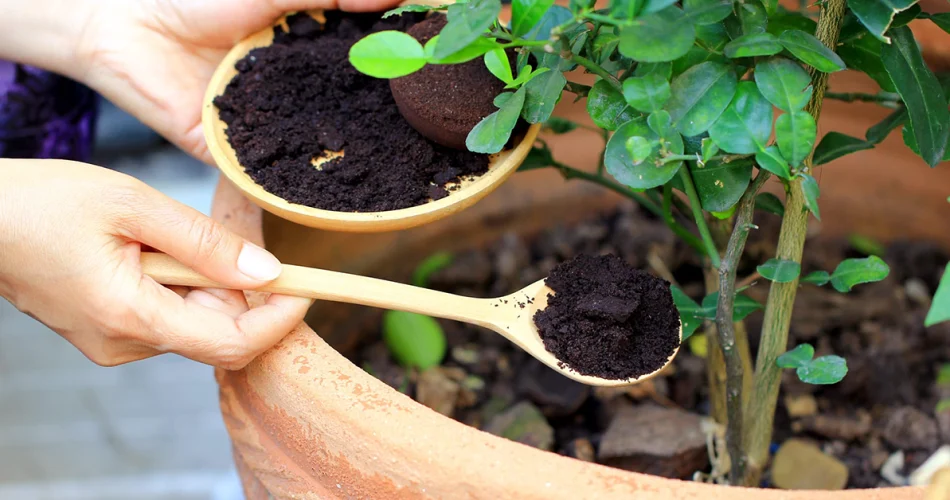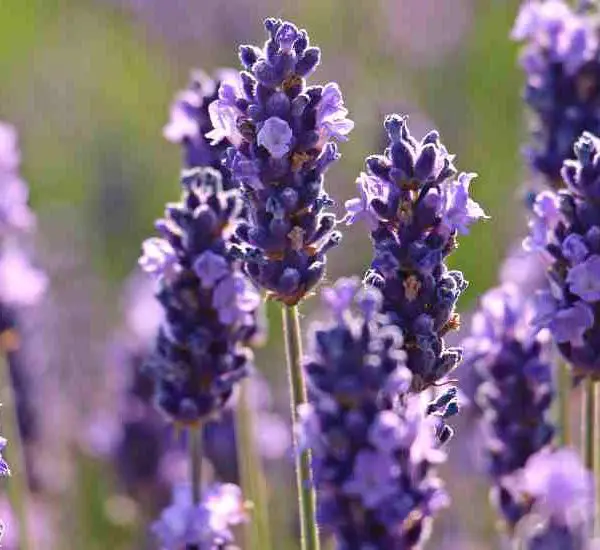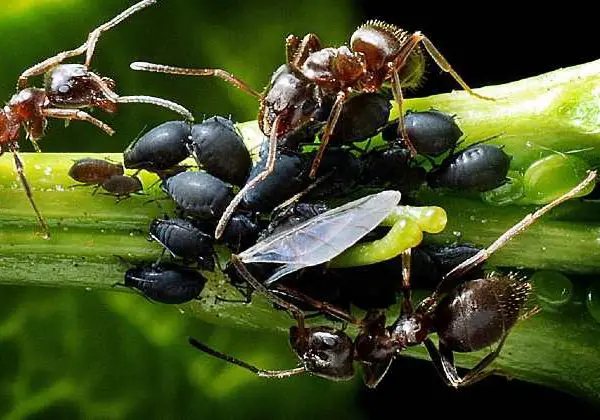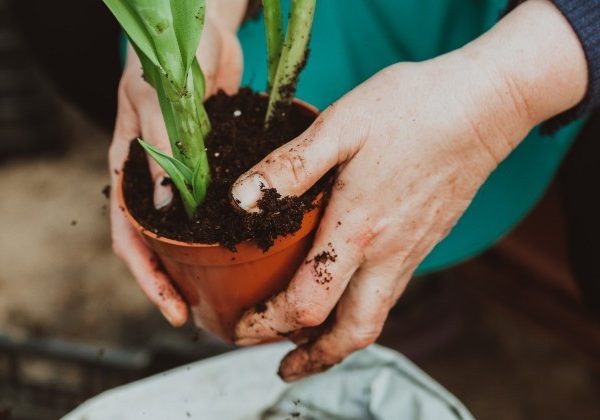Using coffee grounds as a natural fertilizer can significantly benefit your plants and accelerate their growth.
Here’s how to prepare and use coffee grounds to boost plant growth effectively:
1. Collecting Coffee Grounds:
- Instead of throwing away your coffee grounds, collect them in a container or compost bin. You can accumulate them over time until you have enough to use as fertilizer.
2. Drying the Coffee Grounds:
- Before using the coffee grounds as fertilizer, allow them to dry completely. Spread them out on a tray or newspaper and let them air dry. This helps prevent mold formation when using them in compost or soil.
3. Mixing with Soil or Compost:
- Once the coffee grounds are dry, you can mix them directly with soil or compost. Blend them thoroughly to ensure even distribution of nutrients. Alternatively, you can sprinkle the coffee grounds at the base of your plants before watering them.
4. Fertilizing Plants:
- Coffee grounds are rich in nitrogen, phosphorus, magnesium, potassium, and other minerals that promote plant growth. When used as fertilizer, they improve soil quality, boost root growth, and stimulate flowering.
5. Beneficial for Specific Plants:
- Coffee grounds with their slightly acidic pH are particularly beneficial for plants such as tomato plants, orchids, and hydrangeas. They enhance flower and fruit color, leading to vibrant and healthy growth.
6. Repellent Properties:
- Coffee grounds also act as a natural repellent against insects, aphids, and parasites. They deter pests like mosquitoes, snails, and slugs, protecting your plants from damage. The aroma of coffee grounds helps keep pests away from your garden.
7. Caution Against Excessive Use:
- While coffee grounds offer many benefits, excessive use can lead to weed growth. It’s essential to use them in moderation to avoid overfertilization and weed proliferation.
8. Composting with Coffee Grounds:
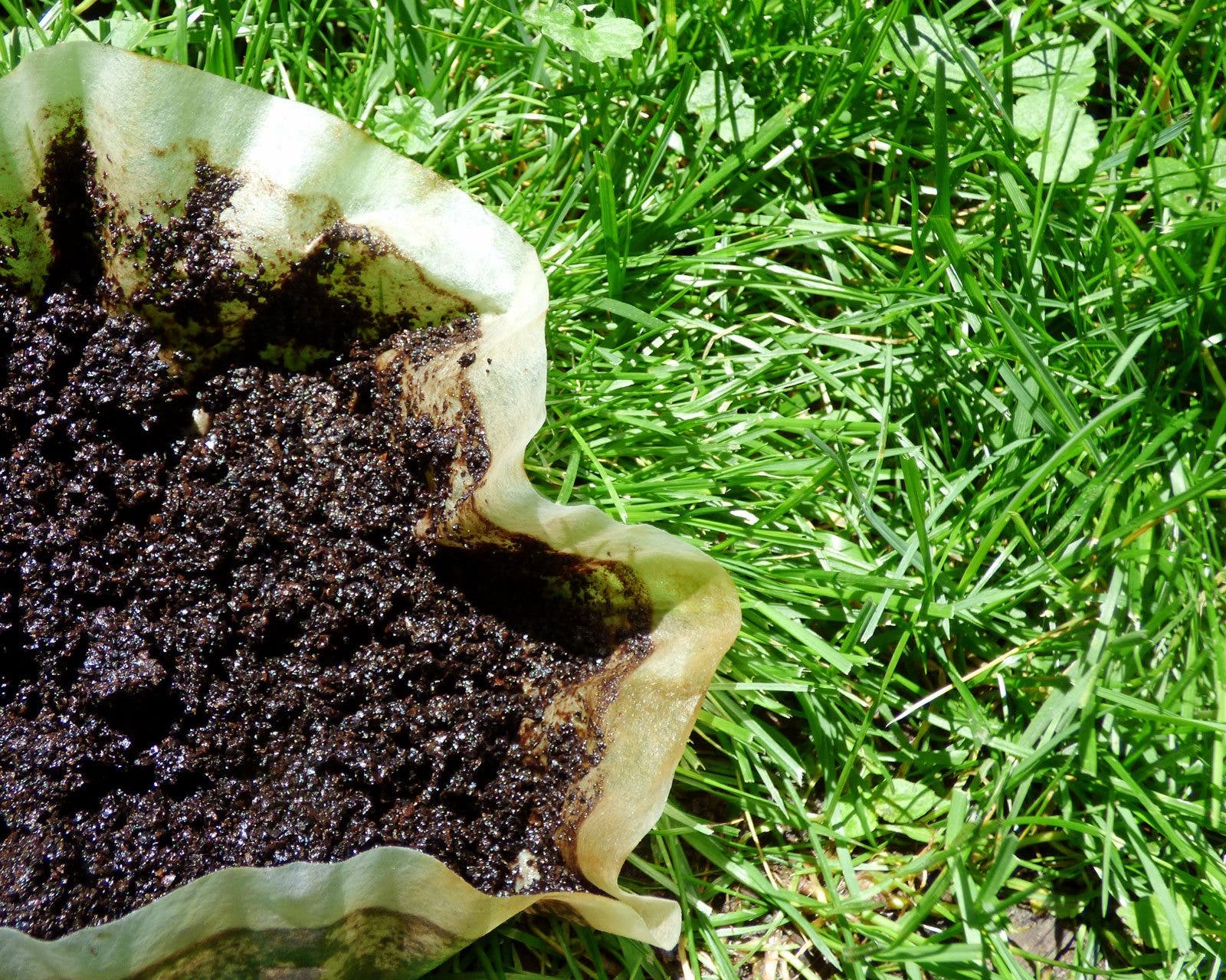
- If you have a worm composter or traditional compost pile, you can add coffee grounds to activate decomposition. They provide organic matter and encourage earthworm activity, facilitating the breakdown of plant materials into compost.
9. Storage:
- If you have excess coffee grounds, store them in an airtight bag or container in the refrigerator. This preserves their freshness and ensures they remain effective as fertilizer.
10. Avoiding Mold Formation:
- Ensure that the coffee grounds are completely dry before using them in compost or soil. Moisture can lead to mold growth, which may affect plant health negatively.
By following these steps, you can harness the benefits of coffee grounds as a natural fertilizer and promote the healthy growth of your plants without resorting to chemical fertilizers.
Show Comments
